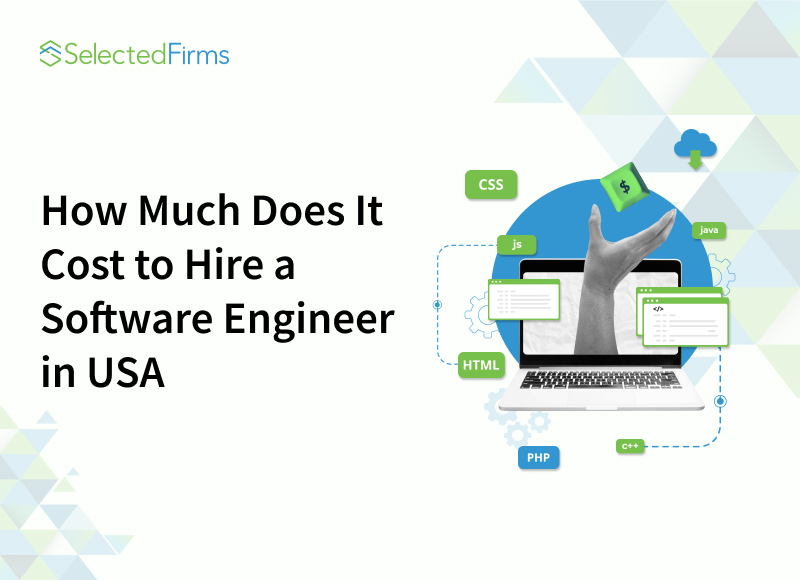Table of Contents
Explore the concept of data-centric security and learn how it can protect your sensitive data effectively.

Internet security is the foundation of today's technically developed world when data security is most important. It's about more than just strengthening your systems; it's about protecting your most valuable asset - your data. This is where the data-centric security framework comes into operation.
Data-centric security focuses on protecting the data rather than the network or system in which it lives. It is a proactive method that permits organisations to secure their data at all times, regardless of where it is kept, whether in a database, traveling across networks, or saved in the cloud. This strategy is gaining favour since data is now accessed, processed, and stored in different locations, creating several risk points and if users aren't removing data from brokers' registries, they're constantly exposed to those risk points.
Data centric security is a method that focuses on the security of data rather than the security of networks, servers, or applications. It involves setting up data-level security mechanisms to make data naturally safe, regardless of where it is kept or how it is exchanged.
What is Data-Centric Security?
Data centric security is a method that focuses on the security of data rather than the security of networks, servers, or applications. It means setting up security mechanisms to make data safe, regardless of where it is kept or how it is exchanged.
Data is protected using mechanisms such as encryption, tokenization, and data masking in a data-centric security strategy. These strategies safeguard data while it is in transit and at rest, making sure that even if a breach happens, the data remains unreadable and inaccessible to unauthorized parties. Understanding what is data lineage is also crucial in this context, as it allows organizations to track the origin, movement, and transformations of data across the systems, ensuring comprehensive security and transparency.
Data centric security includes the use of strict access restrictions as well as strong identity and access management (IAM) standards. Implementing a PAM solution further strengthens security by ensuring that privileged access is strictly controlled, reducing the risk of internal fraud and external data breaches. This confirms that only authorized persons have access to the data, minimizing the danger of internal fraud and external data breaches
Key Steps to Data-Centric Security
Developing a layered approach, understanding data visibility, and applying automated data analytics are the three phases required to create a data-centric security strategy.
A layered approach involves creating a security architecture that focuses on protecting the data itself, instead of just building impenetrable barriers around each system holding sensitive data. It's similar to layering several protections - physical, technological, and administrative - in place. Each layer should be as near to the data as possible, and a variety of safeguards should mitigate every potential danger.
The trick is to ensure that these layers do not operate independently. They should collaborate while conforming to the company's security and compliance rules. These criteria should be specific enough that any system and application can follow them. In order to guarantee that these layers perform well on a wide scale, the approach ought to include a big-picture view as well as the ability to smoothly manage and automate the layers.
Unified data visibility means having an up-to-date overview of your data, including its location and usage. Data visibility helps you to see where your data is kept, who is accessing it, and how it is utilized.
Unified data visibility additionally permits you to monitor your data in real time, allowing you to discover and respond to unwanted access or data breaches immediately. This not only reduces the possible impact of a breach, but it also aids in the preservation of the integrity and confidentiality of your data.
Finally, automated data analytics involves using machine learning and artificial intelligence (AI) techniques to find patterns, anomalies, and trends in your data, which can provide useful insights into possible security concerns.
Unusual activity or behaviour that could suggest a possible data breach can be detected via automated analytics. Multiple failed login attempts, a rapid increase in data transmission, or access from odd areas, for example, might all be indicators of a possible threat.
Furthermore, automated analytics can assist in detecting possible security issues before they happen, allowing for proactive data breach prevention measures. This is particularly important in today's security scenario when cyberattacks are growing more complex and difficult to detect. By incorporating a dedicated datacenter proxies plan, organizations can bolster their defense mechanisms.
Implementing data centric security
According to a recent analysis, cybercrime would cause an estimated $8 trillion in losses by 2023. This troubling figure emphasizes the key significance of creating data-centric security in all organizations. This not only allows for the retention of sensitive data, but it also lowers the danger of significant financial losses, that could cripple enterprises.
When you choose a data-centric security strategy, you can implement strict access control restrictions to protect your data both at rest and in transit. This means you have control over who has access to your data, when they have access to it, and what they can do with it. This increases data visibility, lowering the danger of unauthorized access and data breaches.
For organizations adopting cloud-native architectures, leveraging comprehensive security solutions is crucial. A comparison of top CNAPP platforms reveals how these tools integrate advanced automation, unified policies, and deep visibility to enhance data-centric approaches in cloud environments. As data grows in value and volume, the requirement for data-centric security will only expand. Organizations must shift their attention from perimeter security to data security.
Implementing a data centric security strategy involves several steps. Here are some key points to consider:
- Identify and classify your data: Understand what data you have, where it's stored, and its level of sensitivity.
- Implement data protection measures: Use encryption, tokenization, and data masking to protect your data at rest, in use, and in transit.
- Establish access controls: Implement strict access control policies to ensure that only authorized individuals can access your data.
- Monitor your data: Keep a close eye on your data and its usage to detect any unusual or suspicious activity.
- Automate data analytics: Use advanced analytics tools to detect patterns, anomalies, and trends in your data.
- Regularly audit your data: Regular audits can help identify any security gaps and ensure compliance with data protection regulations.
- Implement a data leak prevention strategy: Develop and enforce policies and procedures to prevent data leaks, including data loss through email, web uploads, and removable media.
- Educate and train your staff: Regularly train your employees about the importance of data security, the risks of data breaches, and best practices for handling and protecting sensitive data.
As data grows in value and volume, the requirement for data-centric security will only expand. Organizations must shift their attention from perimeter security to data security.
Data centric security is a more complete and all-encompassing approach to data protection, including data classification, encryption, access restrictions, monitoring, and analytics. Businesses can not only secure their important data but also get a competitive advantage in the digital market by implementing a data-centric security strategy.









